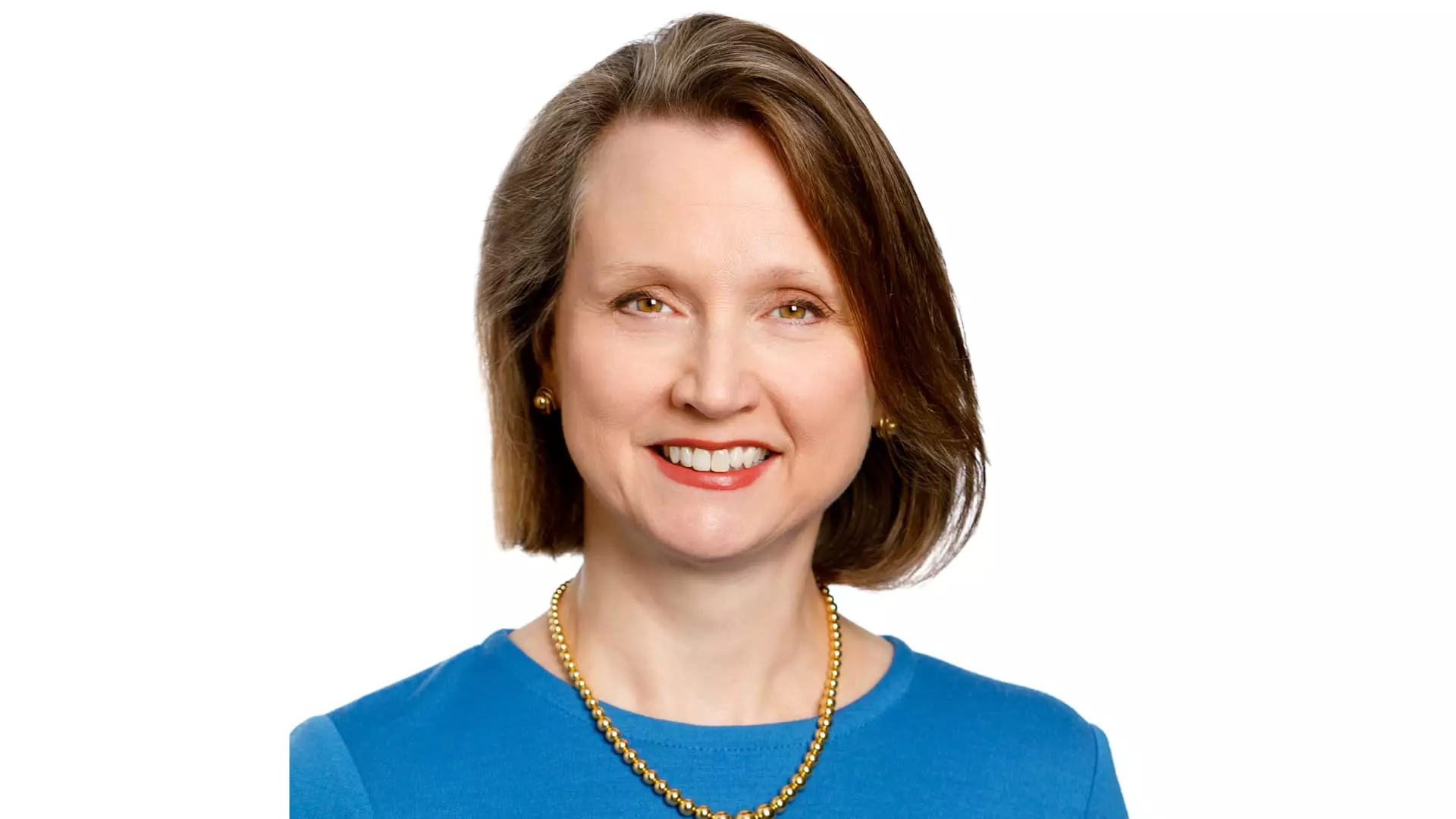In the world of finance, one often hears tales of linear paths—professionals climbing the ladder from entry-level analyst to senior partner in a systematic fashion. However, the career trajectory of Kathryn Glass at Federated Hermes defies this norm, highlighting an unconventional journey that underscores the importance of adaptability and innovation within the financial services landscape. As co-head of the firm’s high-yield fixed-income group, Glass navigates a complex market rife with challenges, offering unique lessons that resonate beyond traditional financial paradigms.
The Unforeseen Path to Finance
What strikes me as extraordinary about Glass’s story is her initial rejection of conventional finance as a career. With a background steeped in Japanese language and literature, her decision to veer off the academic path during her Ph.D. program illustrates a vital principle in today’s rapidly changing economic environment: the ability to pivot is often more valuable than sticking to a predetermined plan. This is particularly true in finance, where market dynamics evolve rapidly, and professionals must remain agile to succeed.
Given her years of experience in an increasingly complicated finance landscape, Glass’s career path is not just a personal narrative but a reflection of the financial industry itself. For all the emphasis on financial acumen, it’s emotional intelligence and adaptability—the “soft skills”—that often dictate long-term success. She noticed early on that excelling in finance isn’t merely about crunching numbers; it’s about understanding nuanced narratives surrounding companies and their leadership teams. This realization is increasingly relevant as the finance sector grapples with a saturated environment where deep understanding is key to differentiating oneself.
Strategic Navigations in a Tight Market
Currently managing approximately $13 billion in U.S. high-yield fixed income strategies, Glass and her team not only embody the importance of thorough analysis but also exemplify what it means to be proactive. With spreads tightening, Glass exemplifies prudent caution—a quality that can often be overlooked in a market driven by speculation and immediacy. There’s an art to recognizing when to hold back, which she appears to masterfully embody. Instead of being lured by the allure of short-term gains, she advocates for vigilance, waiting for opportune moments to enter the market.
This approach has merit beyond sheer financial gain; it serves as a reminder that resilience often lies in the unseen, quieter moments of decision-making. In a society inclined toward immediate gratification, Glass offers a counter-narrative emphasizing measured engagement—a pivotal lesson that other sectors would do well to learn.
The Ephemeral Nature of Valuation
Glass’s understanding of valuation, particularly her remark that it should serve as a “guidepost,” navigates an often murky water in investment strategy. She challenges the misconception that valuation is merely an endpoint metric; instead, it becomes a dynamic framework for decision-making. As market conditions shift, the very essence of risk transforms, prompting nuanced assessments rather than blind adherence to established norms.
The importance of interpretation over rote application is a vital aspect that often gets lost in the financial rat race. In every decision she endorses, Glass underscores the necessity of context—a learning principle easily applied in investing and broader economic forecasting. Investors, particularly those susceptible to herd mentality, can benefit tremendously from embodying this perspective.
The Importance of Storytelling in Finance
One aspect that resonates deeply is her belief that “high yield, it’s stories.” This perspective challenges the backbone of analytical finance—how one interprets quantitative data. By emphasizing the narrative behind numbers, Glass transcends conventional analytical methods. This approach redefines what it means to scrutinize financial reports like 10-Ks or 10-Qs, suggesting a multi-dimensional analysis that focuses on a company’s trajectory rather than a single earnings figure.
In an era characterized by overwhelming information, being able to extract and convey a coherent narrative becomes an invaluable asset. It allows the analyst not only to read balance sheets but to empathize with the motivations of management teams, illustrating that the human element remains central to economic analysis, regardless of how driven by data the sector becomes.
A Cautious Optimism about the Future
Ultimately, Glass’s journey serves as a clarion call for all aspiring financial professionals. Rather than conforming to well-worn paths or merely assimilating information, the emphasis needs to shift towards understanding the intricate social weave that underlies finance. As she notes the precarious nature of current market conditions, her call for caution should resonate beyond her institution: it’s a lesson that goes well beyond bond yields and portfolios—it’s about building a resilient mindset capable of thriving amid uncertainty.
In a financial landscape rife with volatility, the time is ripe for adaptations to age-old strategies. The tales of individuals like Kathryn Glass highlight that true success in finance stems not just from acquiring knowledge but from cultivating an understanding steeped in narratives, caution, and proactive engagement that characterizes a vibrant, responsive market. Investors who ignore these lessons may find themselves navigating a perilous terrain—a warning layered with profound relevance for all who dare to participate in the complex world of finance.

